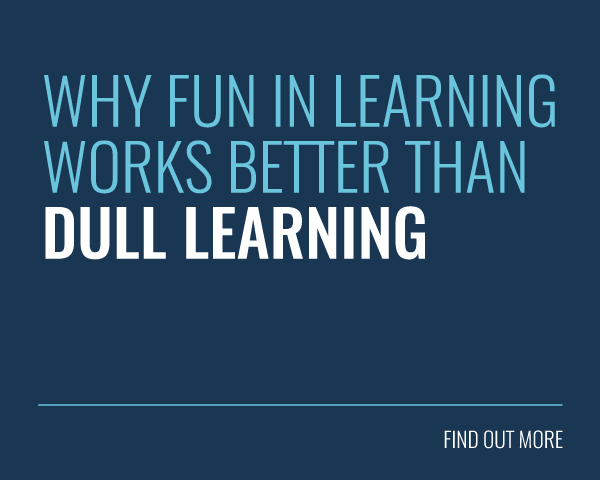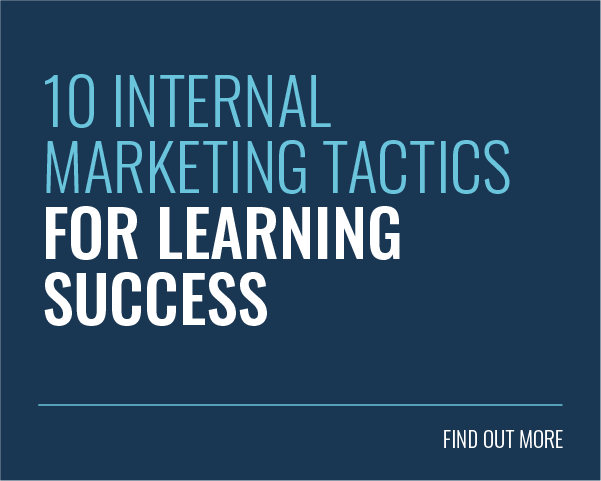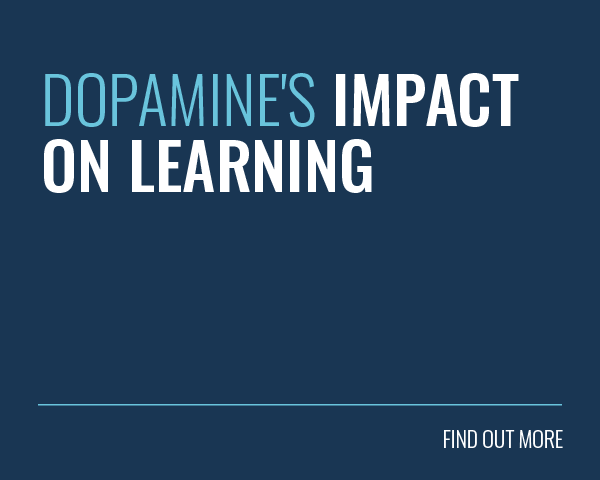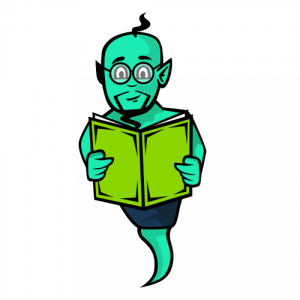 You want your eLearning to be as effective as possible. As we’ve mentioned time and again, engagement is the only way to win your learners’ hearts. If you’re trying to think of ways to boost engagement, how about this – why not just tell a story?
You want your eLearning to be as effective as possible. As we’ve mentioned time and again, engagement is the only way to win your learners’ hearts. If you’re trying to think of ways to boost engagement, how about this – why not just tell a story?
Information is all over the place, all of the time. You’re being bombarded with it, right now, at an unprecedented rate. But it wasn’t that long ago that we conceived of such a notion as information technology. Hell, we’ve only been writing things down for the last few thousand years. Before that, stories were the only way to pass on our wisdom.
Take Homer, for example (no, not that one). The Odyssey and the Iliad have stood the test of time to become two of the most celebrated works of classical literature – and Homer never picked up a stylus in his life!
If stories weren’t so fantastic at passing knowledge on, we probably wouldn’t have kept doing it for so long. Storytelling is powerful, and it’s ancient and you’d be a fool to ignore it when you’re creating eLearning.
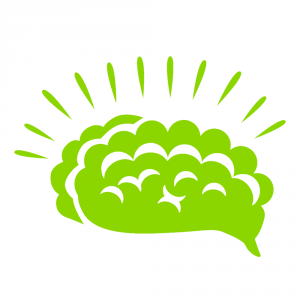 Stories are the perfect software for the brain
Stories are the perfect software for the brain
Storytelling is an act that’s been with us for so long, nobody even knows when we started doing it. Despite our recent technological growth spurt, our brains don’t evolve quite so quickly, and the preceding millennia of yarn-spinning have hardwired us to respond to stories rather than raw data.
In laboratory studies, scientists have discovered that the listener’s brain produces oxytocin when they are being told a character-driven story. As social creatures, this chemical is essential in generating feelings of trust and empathy between members of the tribe.
In the context of your eLearning, when you frame it as a story, your learners immediately engage – since it’s hard-coded into their brains, they have no choice!
Stories put things in perspective
If you have a tricky concept to describe to your learners, you could break it down into a list of the essential facts. You can sum these facts up in a nice bulleted list and feel satisfied that you’ve given them everything they need to know.
The problem with facts is that without the right context, they lose meaning very quickly. If you want to explain a concept in a way that’s easy to digest, you need to put it in a form that works in harmony with the brain!
Every time you provide an example, or present a scenario to your learners, you are effectively telling a little story. When you present your message in story form, your learners automatically picture the scene and begin empathising with the characters involved. This makes it easier for the learners to understand how the key facts impact their own day-to-day working lives.
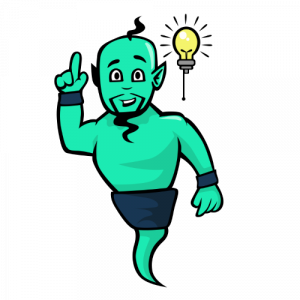 Stories are easier to remember
Stories are easier to remember
We’ve touched on the Method of Loki before. To sum it up, this memory-enhancing technique helps people retain information by crafting a story around the key points. If you’ve ever watched Sherlock wandering around his mind palace , you’ll be familiar with the concept.
By placing facts in a story, you can create a sequence of memorable steps that follow on from each other. With a keenly thought-out story, the learner simply needs to remember how it starts and the direction it’s heading in, and the rest of the details will fill themselves in – like magic!
So, if you’re struggling to get a message across to your learners, try to make a story out of it – your next eLearning success might just start with ‘once upon a time…’ and, with a bit of luck, it’ll end with ‘happily ever after’ !
What’s that? You don’t have time to think up stories? Maybe you should give collaborative eLearning production a go. Genie is a game-based eLearning authoring tool that gets the whole team involved leaving you free to spin a great yarn. It’s also jam-packed with themed game templates, giving you plenty of inspiration for your next amazing learning journey!
Take Genie for a spin today and start a new chapter in your story!



